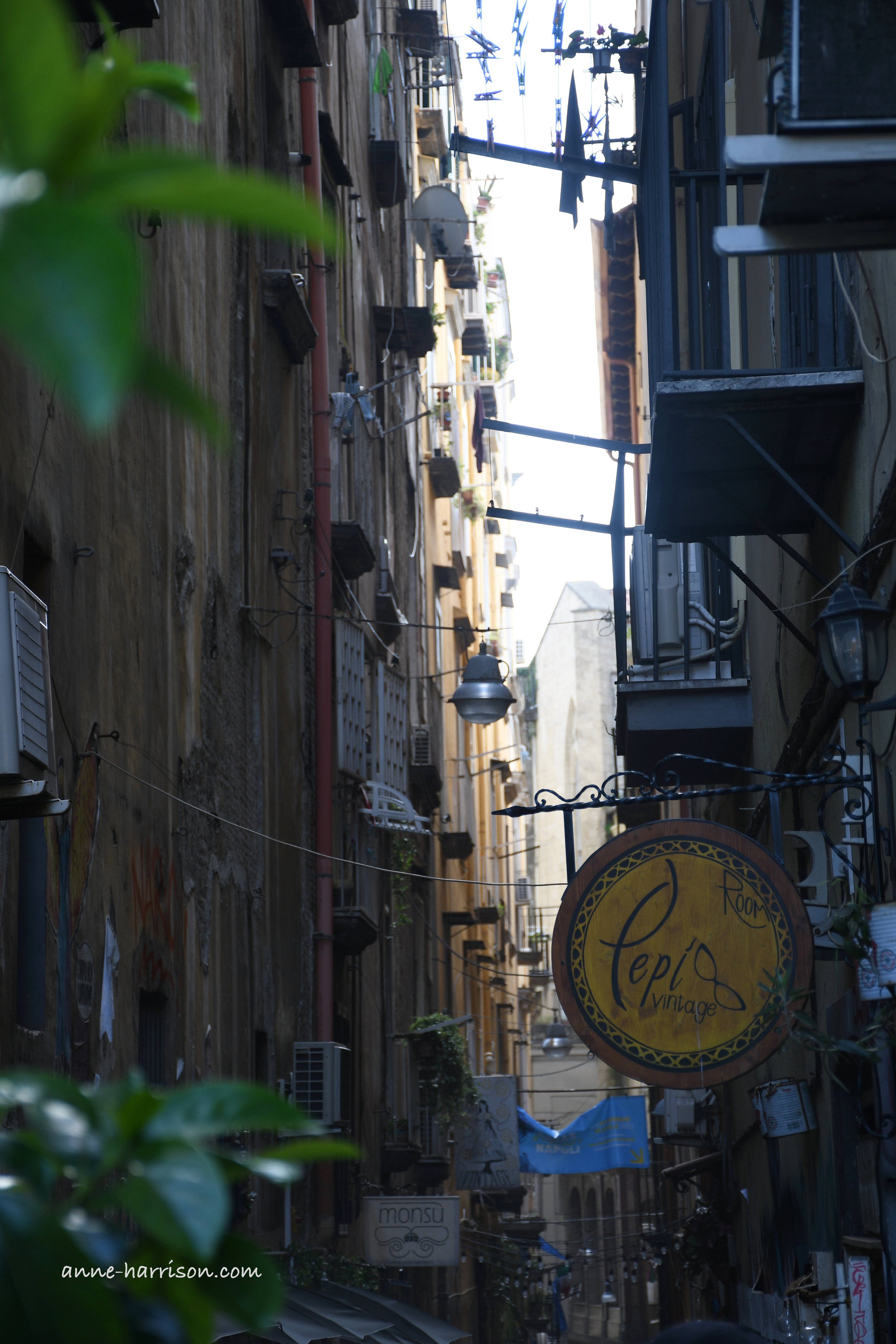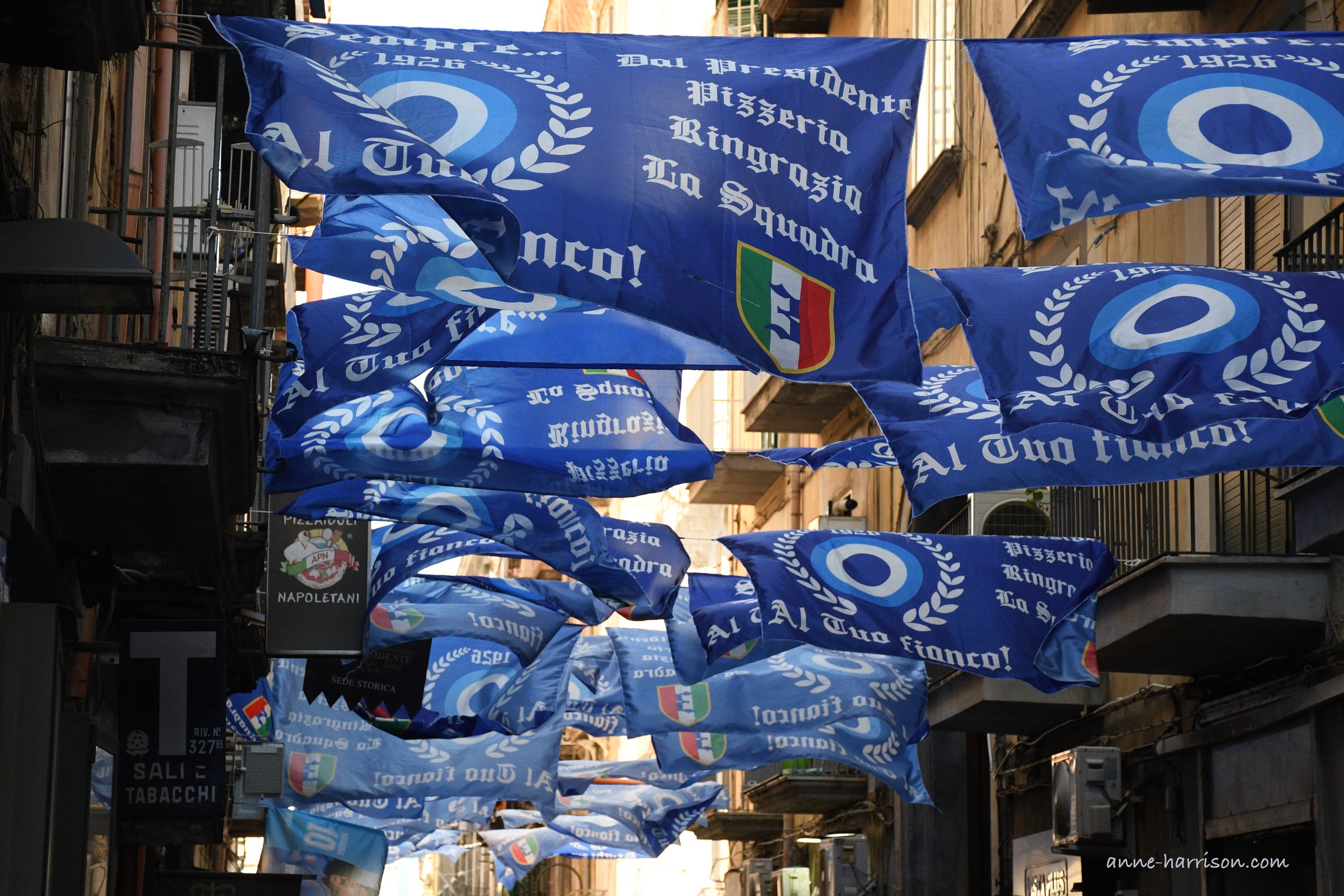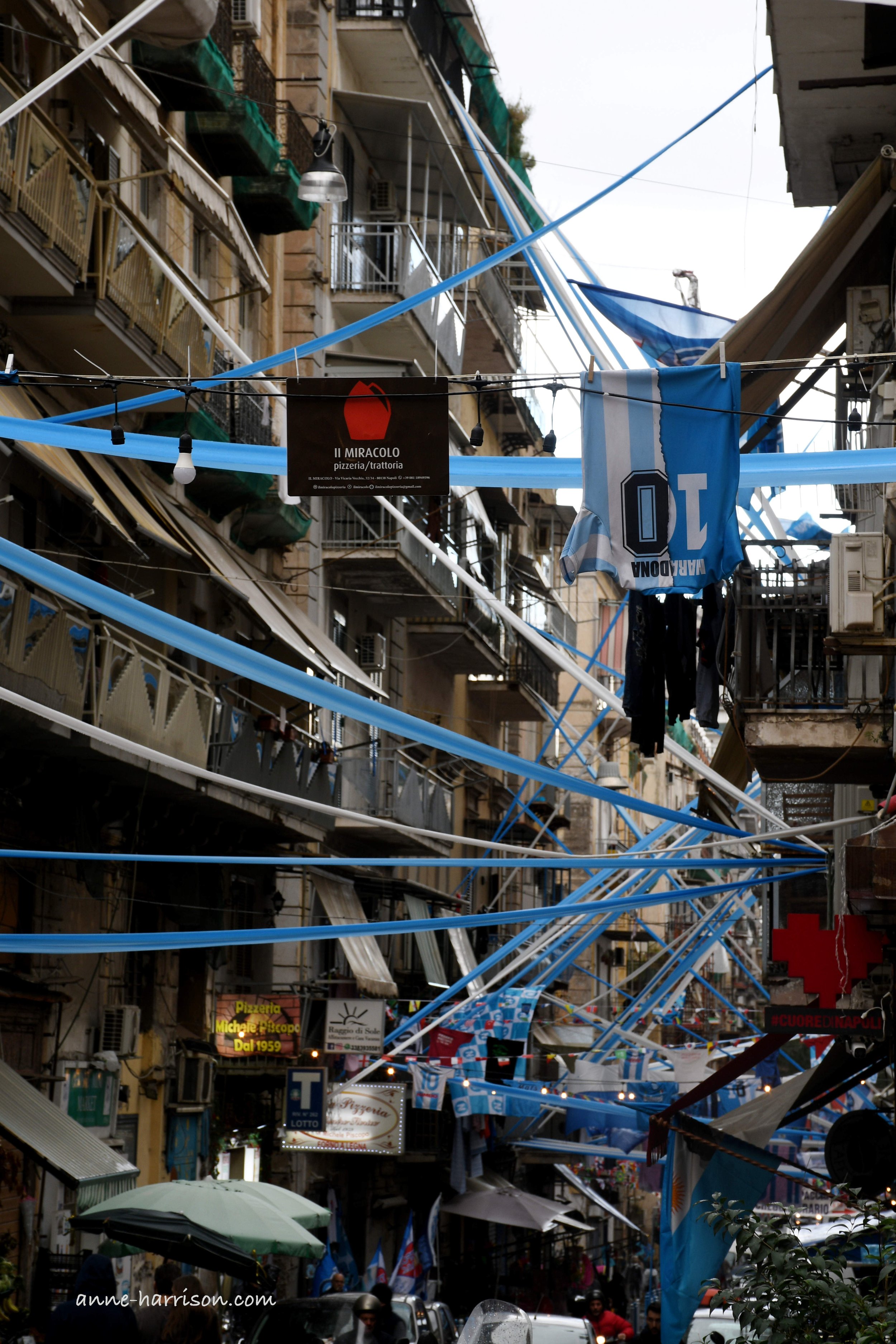Caravaggio, Negative Space and Non-Existence.
Caravaggio’s The Seven Acts of Mercy
Or How the Internet Told Me I Don’t Exist
Today I learnt I don’t exist. Which, for all my existential leanings, proved a bit unsettling.
It began with me needing to log into a site I hadn’t used for a while. It wouldn’t accept my password. So I emailed for a new password, set it all up and … I can’t log in. My details are not incorrect, I simply actually don’t exist on the data base.
And if I don’t exist in the internet world, I simply don’t exist.
(Spoiler: it all turns out well, no identities were stolen.)
Problem one solved, so I moved onto paying a bill. Where I couldn’t log in, because once more I didn’t exist. Unbeknownst to me the operating system had been changed, and I needed to set up a new profile. All easily done, but a message on the website, or an email, or even an old-fashioned letter would have been nice to avoid the time spent on hold on the phone. The poor operator on the other end sounded worn out; he’d obviously had one phone call too many about the issue.
Now my computer has decided to log me out of all my frequented sites and I have to log in one by one as I visit. For some reason it does this on a sporadic basis, usually when my little soul can’t take much more.
So, non-existence a few times in one day — in a matter of hours, really. Yet not a modern phenomena.
Caravaggio and Me
Some streets in Naples - and yes, Napoli FC was playing that night. The riots are another tale © A. Harrison
In the backstreets of Naples (all the best places in Naples lie in the back streets) is the Pio Monte di Misecorderia. About the time Shakespeare was penning Hamlet, the Pio Monte was built to aid the poor and to free Christian slaves trapped in the Ottoman Empire.
The highlight of the museum, for me at least, is Caravaggio’s work The Seven Acts of Mercy. It hangs in a church which is octagonal, with a different work above each of the eight altars. A hidden alcove in the adjoining museum offers a private viewing of the work (it was built for some local gentry to attend the Mass without mixing with the hoi polloi.) From here I sat and looked directly onto the masterpiece.
Of the eight works displayed, Caravaggio’s stands alone. The others maybe technically brilliant (and I’m in no position to be judgmental) but in Caravaggio I saw a dynamic movement the others lacked. An angel tumbles into the frame from on high as a naked man all but falls out of the canvas from below. The acts of mercy (a common Renaissance theme) flow around the painting in the beguiling chiaroscuro so characteristic of Caravaggio.
Even more impressive is how Caravaggio achieves this with so few colors. It is largely painted in tones of blacks and browns and greys and whites, all circling the negative space dominating the centre of the work.
The position of the various figures drew my eye into this negative space. In essence, this nothingness dominates the picture, projecting a dynamic influence on the chaos swirling around it.
Being neither artist nor art historian I won’t comment on the merits and skill of the work. For me, however, the painting reflects both how and where I am at the moment. The Internet and my computer may have classified it as my non-existence, yet Caravaggio shows the darkness is not nothing. His use of dark tones and shading make this nothingness, this non-existence, both alive and compelling.
A creative use of negative space - how could I resist? © A. Harrison





